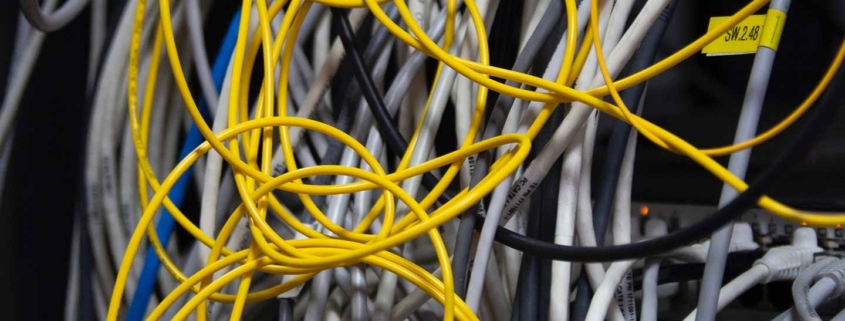Do You Make These Mistakes In Your Service Goals
December is a time when many retailers are trying to manage orders to meet end of year inventory goals. How do you decide which items to buy and which items to cut? If you are trying to maintain the same instock level on every item, you are going to end up buying too much of some items and reducing orders on best sellers in order to pay for it. You can avoid this pitfall by managing service levels rather than focusing on instocks.
But if it’s not instock, I can’t sell it!
True. If you are out of left-handed scissors, you won’t sell left-handed scissors. But how often do you sell left-handed scissors? Only 10% of people are left handed. Are you willing to be short of right handed scissors and lose 9 sales? Or would you rather risk being out of stock of left handed scissors and lose 1 sale?
What is “Service Level”?
Service level is a measurement of whether you have enough on hand to sell your forecast. I’ve also heard it referred to as “fill percent” or “service attained”. To be instock you only have to have 1 piece on the shelf. You can be 100% instock at the beginning of the week and still miss sales because you didn’t have enough depth. For example, if you think you’ll sell 10,000 units on Black Friday but you only own 8,000 units, you are going to miss 20% of your sales. You might be “instock” but you are still losing sales. Measuring instock can give you a false sense of security. But if you are measuring service level, you would know that you only captured 80% of your potential sales.
Considering more ideas for your business using demand driven concepts? Gain insight into methods that just work in today’s modern supply chain.
Using Service Level to Affect Replenishment
Just measuring your service level isn’t going to help you with your open to buy. You need to go a step further and use service goals in your ordering calculations. You need to be able to prioritize which items need to be instock and which items can be out for a bit without causing issues. Three ways you can do this are:
-
- Service goals by volume: Instock matters most on best sellers; items you know that customers will come in for every day or every week. You don’t want to be out of milk. But do you need to be instock every day on 50” TVs? Probably not. Setting high service goals on best sellers and lower service goals on slower sellers will make sure you are instock on the items that count but not overspending on niche items.
- Service goals by season: Items with high seasonality definitely need to be instock during their season. But out of season? Not as necessary. Changing service goals as you move in and out of season will ensure that you have the product when customers are most likely to buy it and you aren’t overstocked when customers are least likely to buy it. This helps you spend your open to buy when it counts and save it when it doesn’t.
- Service goals by location: Using the same service goals for warehouses and stores can lead to overstocks very quickly, especially if you are using an Omni-channel fulfillment model. Why stock the warehouse to the ceiling if an overstocked store can ship units direct to customers? By the same token, is it necessary to have the same service level in your best stores as your slowest stores?
Change to Your Service Goals is Good
Changing service goals during the lean times can help you manage thru a tough situation. Managing service levels every day will help keep you out of tough situations in the first place. If yourcurrent replenishment and demand forecasting system doesn’t let you manage service goals effectively, maybe it’s time to take a look at our iKIS™ demand forecasting and supply chain solution. Contact-Us today! today to learn more or set up your demo.
- How to Avoid Carrying Cost Mistakes in Inventory Optimization - June 10, 2024
- 3 Common Forecasting Software Issues and How to Fix - May 20, 2024
- The Hidden Connection: Lead Time And Inventory Optimization Explained - May 13, 2024








